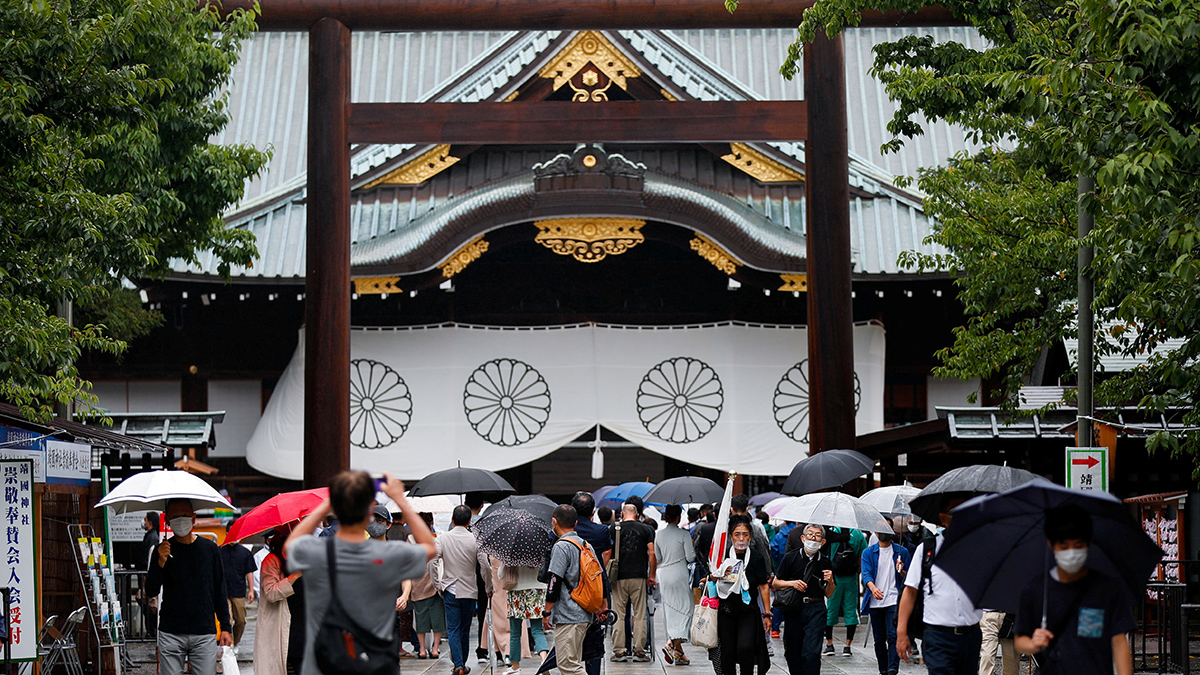Japan’s newly appointed Prime Minister, Shigeru Ishiba, marked his early days in office with a symbolic gesture on Thursday by sending a ritual offering to the Yasukuni Shrine, a memorial site that has long been a point of contention both domestically and internationally. This act, confirmed by a spokesman for the shrine, echoed a tradition maintained by his predecessor, Fumio Kishida, who also sent offerings during the shrine’s biannual spring and autumn festivals.
A shrine steeped in controversy
The Yasukuni Shrine, situated in the heart of Tokyo, is dedicated to the memory of approximately 2.5 million individuals, primarily Japanese, who have died in conflicts since the late 19th century. However, its significance extends far beyond a simple war memorial. Among those honoured are senior military and political figures convicted of war crimes by an international tribunal, following the end of World War II. These enshrined war criminals are a source of ongoing anger for neighbouring countries like China and South Korea, who see the shrine as an affront to their own histories of suffering under Japan’s wartime aggression.
Diplomatic sensitivities and prime ministerial restraint
No Japanese prime minister has visited the shrine in person since 2013, a deliberate avoidance prompted by the diplomatic fallout experienced by former prime minister Shinzo Abe when he made his visit that year. Abe’s decision sparked fury in Beijing and Seoul and drew a rare public rebuke from the United States, an important ally of Japan. Ishiba, who took office on October 1, appears to be following a more cautious path, opting to refrain from a personal visit during this autumn’s festival, according to a Kyodo News report citing sources close to him. Instead, his gesture of sending a “masakaki” tree offering reflects an ongoing tradition among Japanese lawmakers to honour the war dead while attempting to sidestep the political landmines associated with a physical visit.
National division over the shrine’s role
At home, the Yasukuni Shrine is a deeply divisive symbol. To many in Japan, especially conservative factions, it represents national pride and respect for those who gave their lives in service to the country. On the other hand, liberal and pacifist groups view it as a remnant of Japan’s militaristic past, one that continues to stir regional animosity. The shrine’s accompanying museum, the Yushukan, which presents a controversial narrative of Japan’s role in World War II, further fuels this debate, as it is often accused of providing a revisionist history that minimises Japan’s wartime atrocities.
Impact Shorts
More ShortsA diplomatic minefield
As Prime Minister Ishiba begins his tenure, the Yasukuni Shrine stands as a important reminder of the complex intersections of memory, nationalism and diplomacy that continue to shape Japan’s relations with its neighbours. His decision to send an offering rather than make a personal visit shows the delicate balance he must maintain between honouring Japan’s war dead and avoiding actions that could reignite regional tensions. In doing so, he takes a path that his predecessors, too, have walked—one that reflects the ongoing struggles over how Japan’s past should be remembered and its impact on future international relations.


)

)
)
)
)
)
)
)
)



